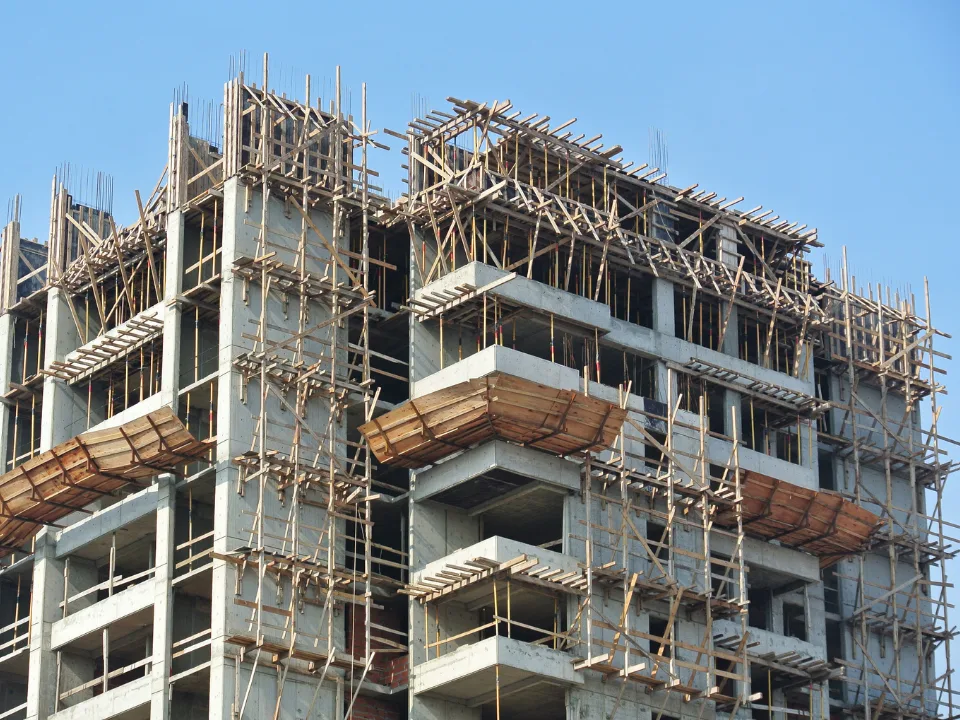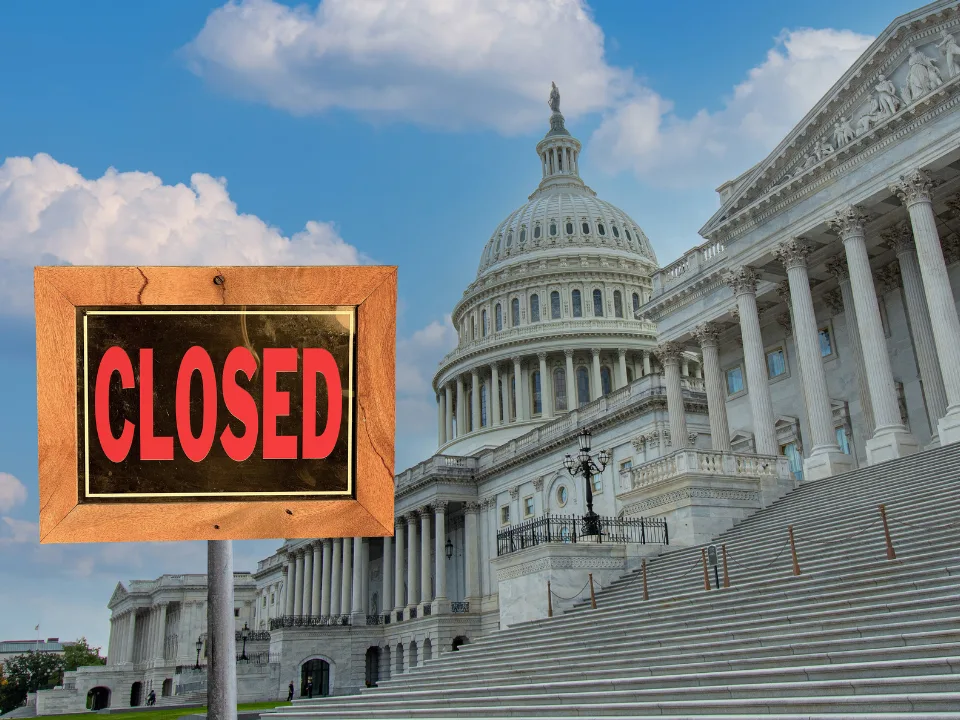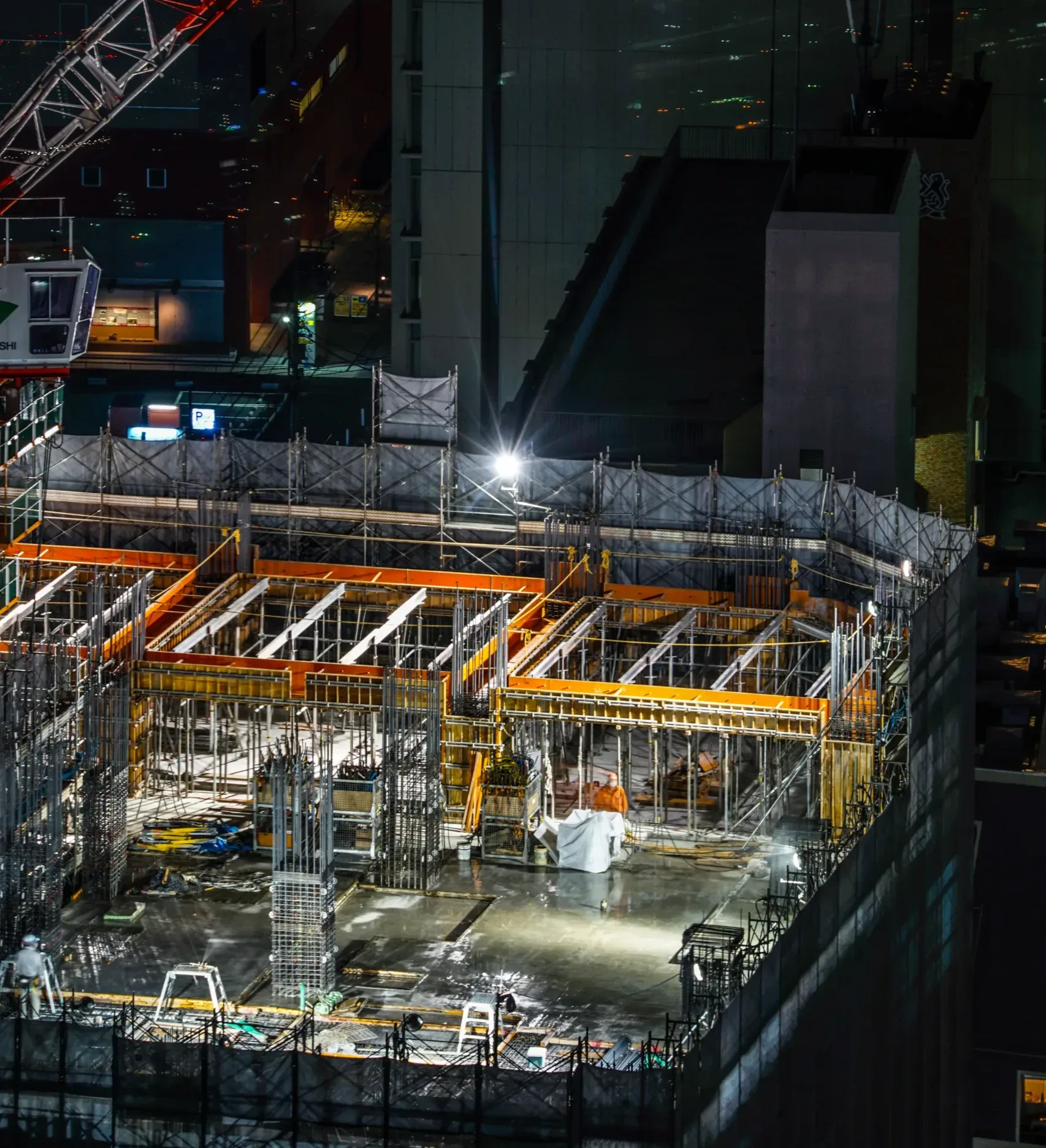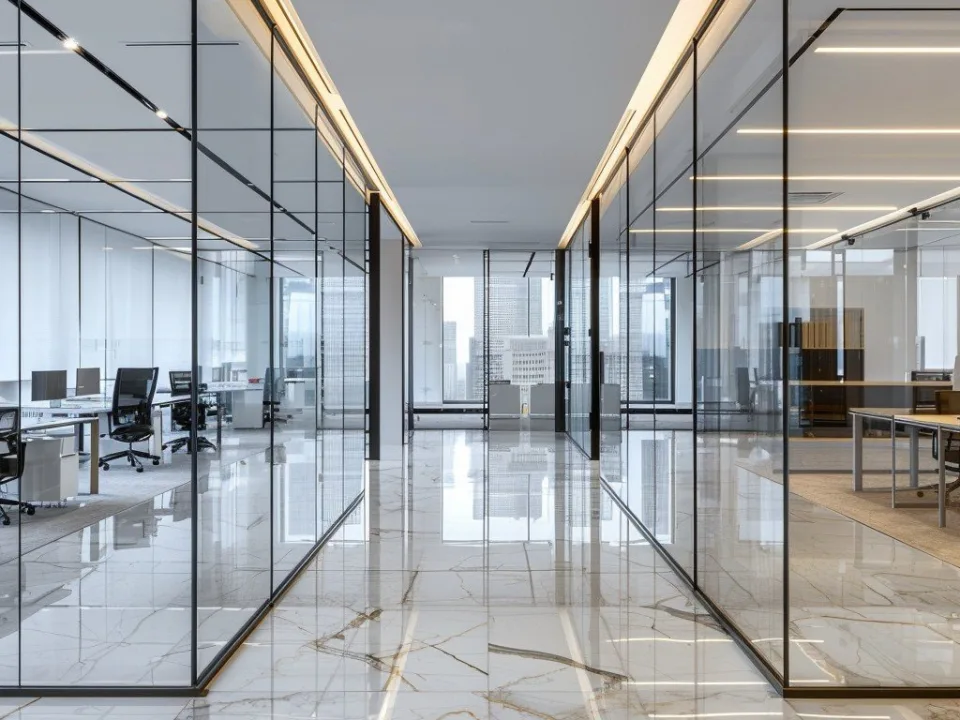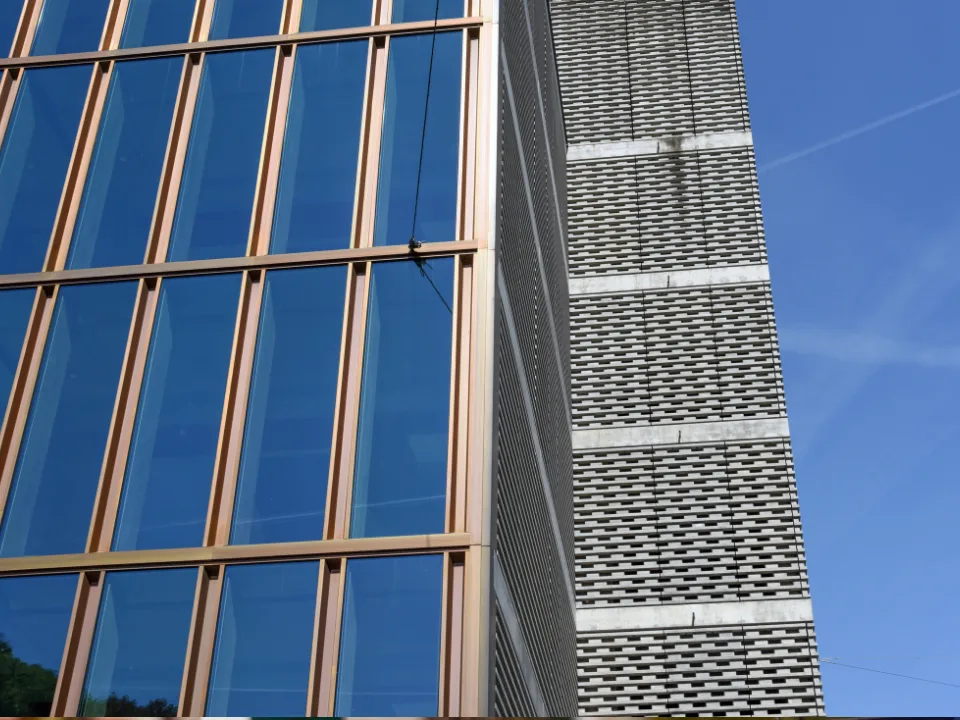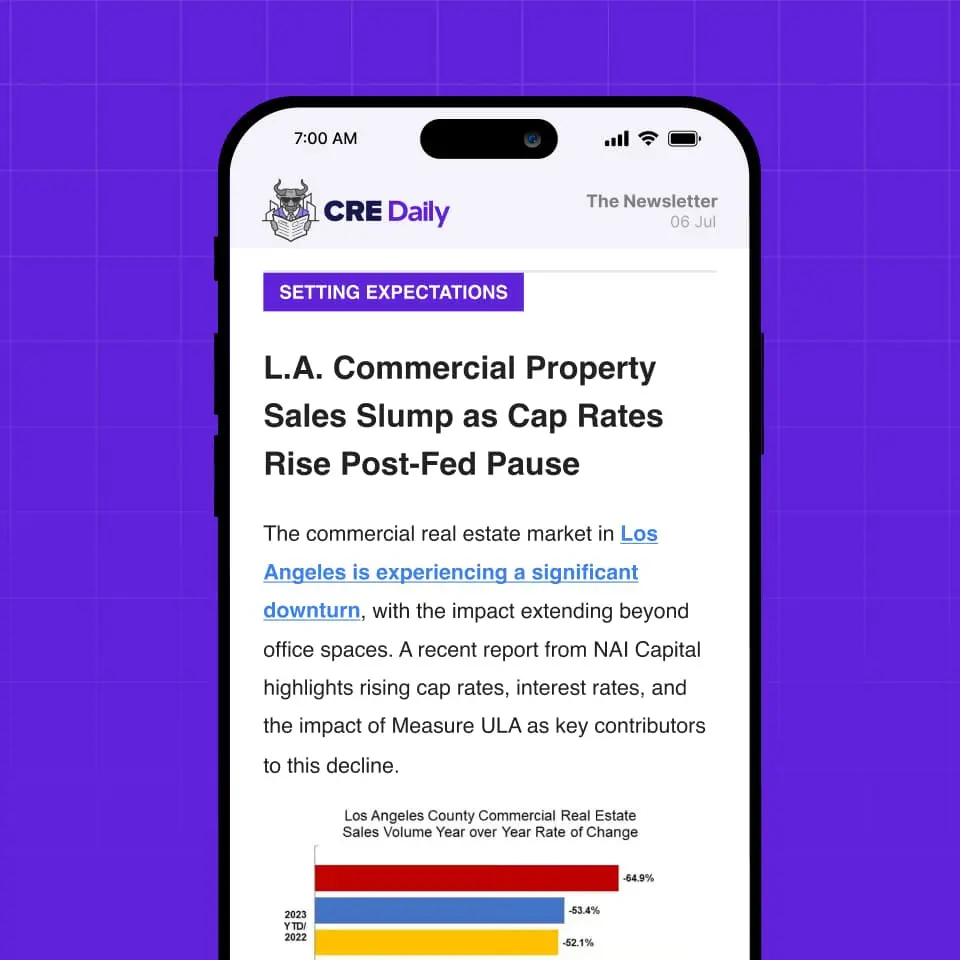- Dallas-Fort Worth led all US markets in industrial construction in May, with over 28M SF in development, despite a rising vacancy rate of 10.2%.
- Developers are shifting from large speculative builds to more build-to-suit and flexible facilities, adapting to changing tenant demand.
- The market has already surpassed leasing volumes from five of the past 10 first halves, and DFW is projected to reach 20M SF of annual absorption for the seventh straight year.
Holding Steady While Others Pull Back
As industrial development slows nationwide, the Dallas-Fort Worth metroplex remains full steam ahead, reports Bisnow. According to a recent report, DFW had over 28M SF of industrial space under construction in May—more than any other US market and equal to nearly 3% of its total inventory.
That aggressive pace has pushed vacancy rates to 10.2%, among the highest for major metros. But local developers and market watchers say the demand is still there—just evolving.
Adapting The Pipeline
DFW continues to see speculative projects, including the 251K SF warehouse announced in Mesquite by Alliuz. However, industry leaders are beginning to pivot toward build-to-suit and smaller-scale developments.
“The market is showing signs of adaptation,” said Doug Ressler, Manager of Business Intelligence at Yardi Matrix. “Developers are shifting focus from bulk logistics space to smaller facilities or build-to-suit projects.”
This pivot could help stabilize vacancy and match supply with tenant needs more efficiently heading into 2026.
Get Smarter about what matters in CRE
Stay ahead of trends in commercial real estate with CRE Daily – the free newsletter delivering everything you need to start your day in just 5-minutes
Strong Leasing Despite Vacancy
Despite the glut of new space, tenant activity remains strong. JLL reported that DFW has already leased over 18M SF this year, outperforming first-half totals for five of the past ten years.
Notably, four leases of 350K SF or more were signed in Q2 alone. ARCO/Murray, the builder behind Alliuz’s Mesquite project, highlighted continued demand from logistics and distribution users. These tenants are seeking modern, scalable space with quick access to the Metroplex.
Net absorption has slowed, with less than two-thirds of the nearly 34M SF delivered over the past year taken up—but with steady leasing, the market is adjusting.
Shifting Toward Stability
Hillwood and Trammell Crow continue to lead large-scale speculative development. However, projects like Amazon’s 1.7M SF build-to-suit facility in South Fort Worth and McMaster-Carr’s 841K SF project in the north signal a broader trend. Developers are increasingly shifting toward tailored, tenant-specific builds.
JLL expects DFW vacancy to decline through the first half of 2026, with net absorption once again outpacing new supply. The pivot toward smaller, flexible spaces may also draw a more diverse tenant base.
Why It Matters
The DFW market’s build-now, fill-later mindset may seem risky amid rising vacancies, but it reflects long-term confidence in the region’s economic growth and logistics advantage. With concessions favoring tenants, leasing activity could accelerate, further absorbing excess space.
If trends hold, DFW will remain one of the country’s top-performing industrial markets—just with a more tailored, tenant-first approach.
